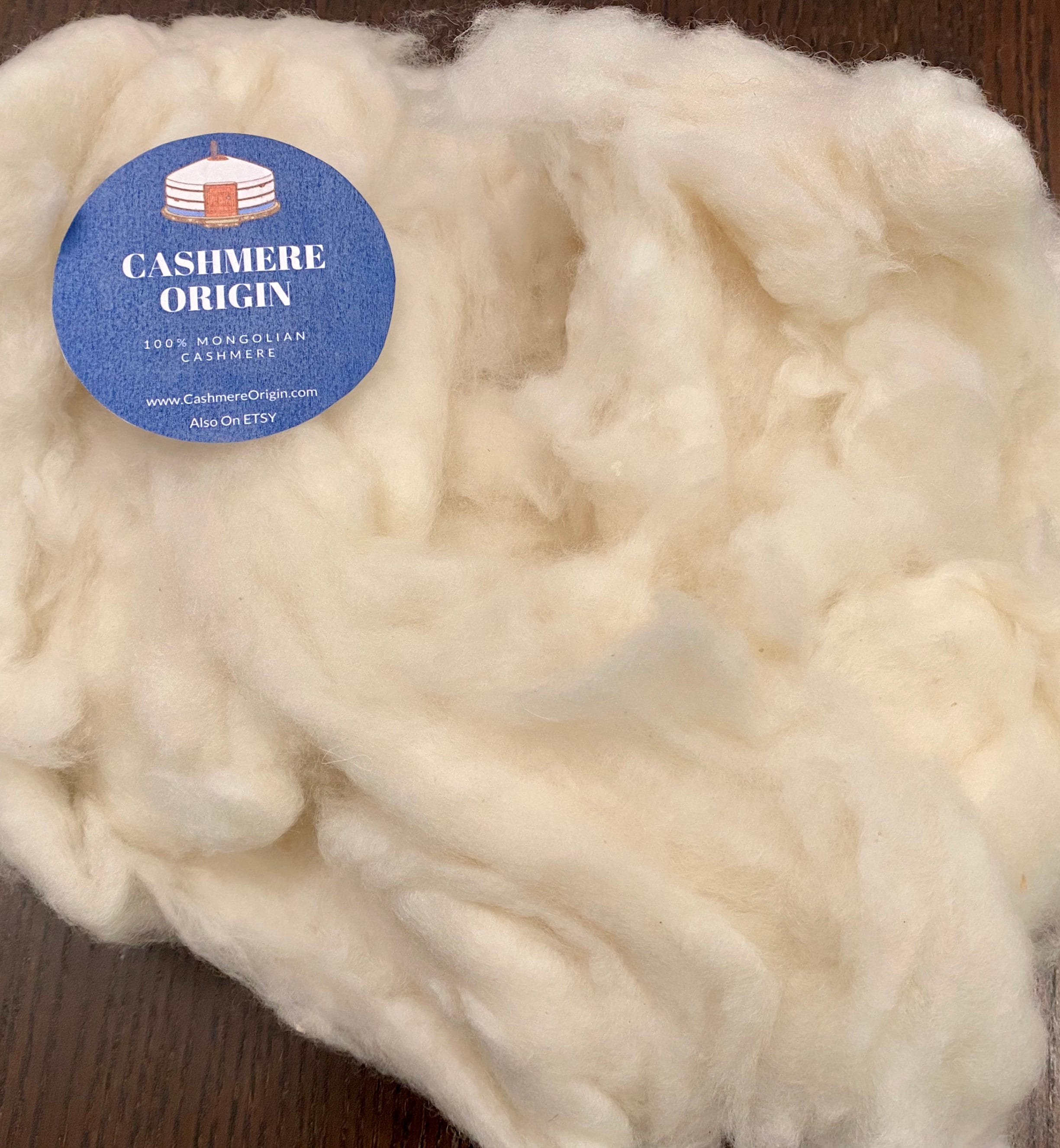Recognizing the Various Types of Cashmere an All-natural Fiber and Their Unique Advantages

The Beginnings of Cashmere: A Historic Overview
While the glamorous touch of cashmere continues to appeal modern-day customers, its beginnings trace back to the harsh, cold climates of Mongolia and the Himalayas. For centuries, the aboriginal individuals of these areas have been raising Capra Hircus goats, the prime resource of cashmere wool. These goats, resistant against the severe winters months, grew a fine undercoat to endure, which later on ended up being understood as cashmere.

The Production Refine: From Goat to Garment
Shearing a Capra Hircus goat notes the beginning of the complex cashmere production procedure. This fragile procedure commonly takes place yearly throughout spring. The penalty, soft undercoat is after that divided from the coarser outer hair, a process called dehairing. The resultant raw cashmere is then cleaned to eliminate impurities such as veggie, dust, and oil issue.
The clean fiber is subjected to coloring, spinning, and weaving, or knitting, to change it into a fabric. Complicated procedures such as quality assurance checks and finishing procedures comply with, guaranteeing completion product maintains the glamorous requirement anticipated of cashmere. This meticulous process, from goat to garment, validates the high price affixed to cashmere products, making them a symbol of luxury and refinement.
The Various Sorts Of Cashmere: An In-depth Analysis

The One-of-a-kind Benefits of Cashmere: Comfort and Sustainability
Moving from the selection of cashmere kinds to the advantages they provide, comfort and sustainability stick out plainly. Cashmere, an all-natural fiber, is renowned for its unequaled softness, supplying a level of comfort that artificial fibers can not match. The product's agility, yet outstanding heat retention, makes it perfect for all seasons. Cashmere's natural flexibility allows it to return to its initial shape, making it immune to stretching or diminishing.
When it concerns sustainability, cashmere is renewable and biodegradable, as it's collected from cashmere goats who regrow their coats yearly. what is cashmere. Unlike synthetic fibers which can take centuries to disintegrate, cashmere's impact on the environment is marginal. click over here This combination of convenience and sustainability makes cashmere a valuable selection for conscious consumers

Taking Care Of Your Cashmere: Maintenance and Preservation Tips
While cashmere is undoubtedly a lasting and lavish option, it requires certain treatment to keep its quality and expand its life expectancy. To begin, cashmere should be hand cleaned using chilly water and a light cleaning agent. Cashmere products ought to be saved in a trendy and completely dry place, away from direct sunlight and moisture.
Buying Cashmere: Understanding Its Value and Worth
Although cashmere may originally appear like a costly investment, its long-lasting worth and worth come to be apparent when you consider its exceptional top qualities. Understood for its unrivaled soft qualities and warmth, cashmere is a premium natural fiber that exceeds various other materials. Investing in cashmere, therefore, is not simply concerning existing style fads, but concerning welcoming a lasting, lasting, and glamorous way of life.
Conclusion
In summary, the type of cashmere one picks, be it Mongolian, Chinese, or Italian, is determined by individual choices for warmth, budget plan, sustainability, and high-end. Understanding the origins, production procedure, and one-of-a-kind advantages of different types of cashmere can guide consumers in their investment in this lavish natural fiber.
Whether it's the extraordinary warmth of Mongolian cashmere, the cost of Chinese cashmere, or the original source the eco-conscious manufacturing of Italian cashmere, there's a story to be found behind each fiber kind. Cashmere, a natural fiber, is renowned for its exceptional gentleness, supplying a degree of comfort that synthetic fibers can not match.When it comes to sustainability, cashmere is eco-friendly and eco-friendly, as it's collected from cashmere goats who regrow their layers each year. Understood for its unrivaled soft qualities and warmth, cashmere is a premium all-natural fiber that outshines other materials. Recognizing the origins, manufacturing process, and special advantages of different types of cashmere can lead customers in their financial investment in this luxurious natural fiber.